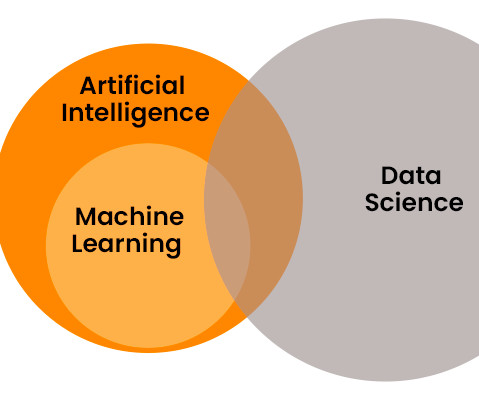10 everyday machine learning use cases
IBM Journey to AI blog
OCTOBER 16, 2023
Machine learning (ML)—the artificial intelligence (AI) subfield in which machines learn from datasets and past experiences by recognizing patterns and generating predictions—is a $21 billion global industry projected to become a $209 billion industry by 2029. ML can also conduct algorithmic trading without human intervention.











Let's personalize your content